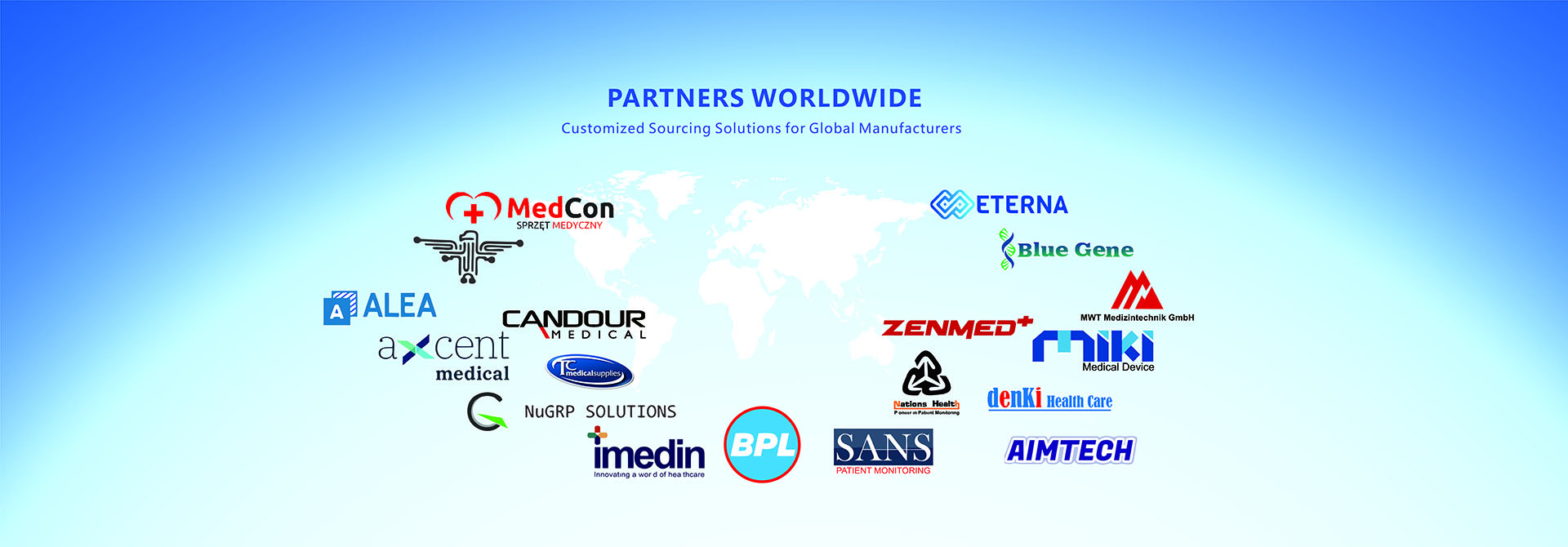The Current Landscape of Integration
AI in Medical Diagnosis: Artificial intelligence (AI) has become a game-changer in medical diagnosis. AI algorithms are capable of analyzing vast amounts of medical data, including patient records, laboratory results, and imaging scans. For example, they can detect subtle patterns in X-rays, CT scans, and MRIs that might be overlooked by human eyes, helping to identify potential diseases at an earlier stage. This not only leads to more accurate diagnoses but also enables timely treatment, significantly improving patient outcomes. Moreover, AI-powered diagnostic tools can process data much faster than humans, reducing the waiting time for patients to get test results.
Wearable Technology for Health Monitoring: Wearable electronic devices have made a huge impact on personal health monitoring. Devices such as smartwatches and fitness trackers can continuously monitor vital signs like heart rate, blood pressure, and blood oxygen levels. Some advanced wearables can even detect irregular heart rhythms and send alerts to the wearer and their healthcare providers. These devices empower individuals to take a more active role in managing their health, allowing for early detection of health issues and facilitating better communication with doctors. In addition, the data collected by wearable devices can be used by healthcare professionals to gain a more comprehensive understanding of a patient's health status over time.

Telemedicine and Remote Care: The development of telecommunications technology has given a huge boost to telemedicine. Through video calls, phone consultations, and mobile apps, patients can now consult with healthcare providers from the comfort of their own homes. This is especially beneficial for those living in rural or underserved areas, as it overcomes geographical barriers and makes healthcare services more accessible. Telemedicine also enables remote monitoring of patients with chronic conditions, allowing doctors to adjust treatment plans in a timely manner based on the data transmitted by patients' home monitoring devices.
Advancements in Medical Imaging Technology
Improved Imaging Resolution and Clarity: The combination of electronics and medical technology has led to significant improvements in medical imaging. New imaging devices equipped with advanced electronic components offer higher resolution and clearer images. For instance, the latest generation of ultrasound machines can provide more detailed images of internal organs, helping doctors to detect small lesions and abnormalities more accurately. In the field of radiology, the development of high-definition CT and MRI scanners has allowed for more precise visualization of the body's structures, aiding in the diagnosis of various diseases, including cancer and neurological disorders.
Functional Imaging and Molecular Imaging: Besides anatomical imaging, functional and molecular imaging technologies are also advancing rapidly. These techniques, such as positron emission tomography (PET) and single-photon emission computed tomography (SPECT), can provide information about the physiological and biochemical functions of the body at a molecular level. By combining these imaging modalities with advanced electronics and data processing algorithms, doctors can gain a deeper understanding of the progression of diseases and the effectiveness of treatments. This enables more personalized treatment planning and better monitoring of treatment responses.
The Role of Robotics in Surgery
Surgical Robots: Precision and Minimally Invasive Surgery: Robotics has made its way into the operating room, revolutionizing surgical procedures. Surgical robots offer enhanced precision and dexterity, allowing surgeons to perform complex procedures with greater accuracy and less trauma to the patient. These robots are controlled by surgeons from a console and can manipulate surgical instruments with extreme precision, reducing blood loss, postoperative pain, and recovery time. In some cases, robotic-assisted surgeries have become the preferred method for treating certain diseases, such as prostate cancer and gynecological disorders, improving patient outcomes and quality of life.
Robot-Assisted Rehabilitation: In addition to surgery, robotics is also being used in rehabilitation medicine. Robot-assisted rehabilitation devices can provide customized exercise programs for patients with physical disabilities or injuries. These devices can precisely control the intensity and range of motion of exercises, helping patients to regain muscle strength and mobility more effectively. Moreover, they can collect data on patients' progress, allowing therapists to adjust treatment plans in a more targeted manner.
Challenges and Solutions in the Integration
Data Security and Privacy: With the increasing amount of medical data being generated and transmitted through electronic devices and systems, data security and privacy have become major concerns. Patient information is highly sensitive, and any data breach could have serious consequences for patients. To address this issue, strict data encryption methods and access control mechanisms need to be implemented. Healthcare providers and technology companies must work together to ensure that patient data is protected at all times, from collection to storage and transmission.
Technical Compatibility and Standardization: The medical and electronics industries often use different technical standards and protocols, which can lead to compatibility issues. For example, when integrating new electronic medical devices with existing hospital information systems, challenges such as data format conversion and interface matching may arise. To overcome these problems, industry-wide standards and regulations need to be established to ensure seamless integration of different technologies. This requires collaboration among manufacturers, healthcare providers, and regulatory bodies to develop unified standards for data exchange and device interoperability.
Medical Staff Training: The adoption of new electronic technologies in the medical field requires medical staff to have new skills and knowledge. For instance, doctors and nurses need to be trained to operate and interpret the data from new imaging devices and AI-powered diagnostic tools. Healthcare institutions should invest in continuous education and training programs to help medical staff keep up with the latest technological advancements and use these tools effectively in their daily work.
The Future Outlook
Further Integration of AI and Medicine: The future holds great promise for the further integration of AI and medicine. AI is expected to play an even more significant role in drug discovery, predicting patient responses to drugs, and optimizing treatment plans. With the development of more advanced machine learning algorithms and the availability of larger medical datasets, AI will be able to provide more accurate and personalized medical advice.
Expansion of Telemedicine and Remote Health Monitoring: As 5G technology and other communication technologies continue to evolve, telemedicine and remote health monitoring will become more widespread and sophisticated. Patients will be able to access a wider range of healthcare services remotely, and the quality of remote consultations and monitoring will be further improved. In addition, the integration of telemedicine with electronic health records will enable more seamless information sharing between patients and healthcare providers, enhancing the overall quality of care.
Innovation in Medical Electronics Devices: The development of new materials and manufacturing processes will lead to the emergence of more innovative medical electronics devices. For example, flexible electronics and bioelectronics are expected to bring new breakthroughs in wearable and implantable medical devices. These devices will be more comfortable, biocompatible, and capable of performing more complex functions, opening up new possibilities for disease diagnosis and treatment.



_TMrzP8.jpg)




